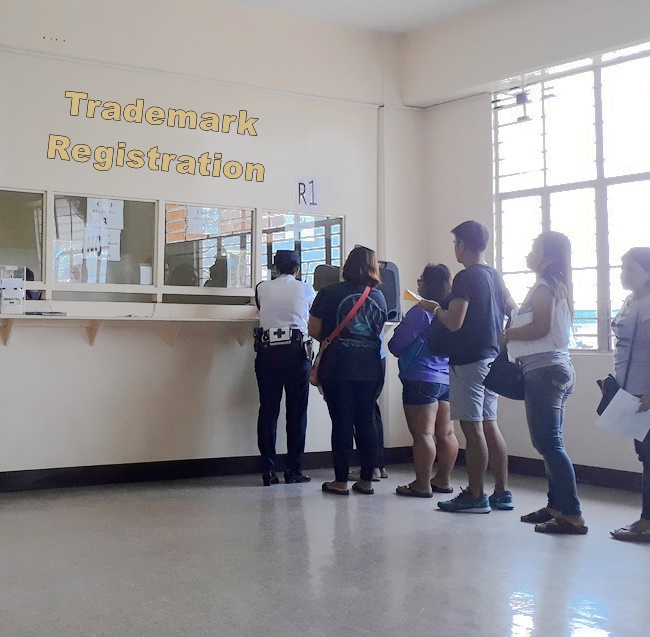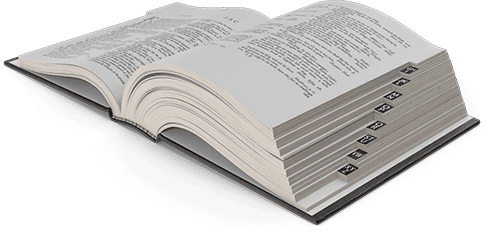How do I register a trademark in the Philippines?
To register a trademark in the Philippines, you must file an application through the IPOPHL.
IPOPHL is the designated Philippine government body tasked to maintain the registrar and protect Intellectual Property.
IPOPHL registration means that IP rights are recognized and can be protected from trademark infringement through administrative or court cases with better success.
In this article, we will discuss the following:
- How the IPO processes an application to register a trademark in the Philippines from the time that it is assigned to an examiner up to its allowance for registration.
- How an examiner can react to a trademark application
- How to address denied trademark applications
Contents
- What is a Notice of Allowance?
- What is a Notice of Issuance?
- What happens if I was denied and received a Registrability Report when I tried to register a trademark in the Philippines?
- When and how must I address the findings in the Registrability Report so that I can continue to register a trademark in the Philippines?
- How can I object to the Registrability Report when I register a trademark in the Philippines?
- Can I still file a response to the Registrability Report if I am abroad?
- What other actions can the IPOPHL do when I register a trademark in the Philippines?
- What other actions can the applicant do when they register a trademark in the Philippines?
What is a Notice of Allowance?
A Notice of Allowance means that your application passed IPOPHL examination and your trademark registration is ready for registration and publication.
A Notice of allowance is a document you receive from IPOPHL through its assigned examiner.
It allows you to proceed to the next step in the process to register a trademark in the Philippines, which is publication.
Publication of your trademark registration is required before the actual registration of the trademark.
Publication is done so that all possible parties who stand to be damaged by your Trademark are notified and can act on it.
The IPOPHL has different publication fees, depending on whether you are a small entity or a big entity. The amount you need to pay if you are a big entity is greater than a small entity.
The publication fee must be paid within two months from the date that the email was sent to you.
What is a Notice of Issuance?
A Notice of Issuance informs the public that you were granted registration and is done when there is no opposition to the publication of the Notice of Allowance.
So, the process is that first the Notice of Allowance is published.
Then, the Notice of Issuance is published when there is no opposition to the Notice of Allowance.
Both inform the public of where you are in the process to register a trademark in the Philippines and the requirements to complete the process.
What happens if I was denied and received a Registrability Report when I tried to register a trademark in the Philippines?
If you were denied when you tried to register a trademark in the Philippines, you will receive a Registrability Report instead of a Notice of Allowance.
A Registrability Report is provided by the examiner assigned to evaluate your case and contains issues and concerns found.
A Registrability Report asks you to act on these and – when addressed successfully – you can then continue on the process to register a trademark in the Philippines.
Do not fret if you receive a Registrability Report.
This does not mean that your Trademark registration is doomed to fail – there are just some issues to work through.
When and how must I address the findings in the Registrability Report so that I can continue to register a trademark in the Philippines?
The applicant has a period of two months from the mailing date of any examiner action or the Registrability Report to comply.
An extension to submit response is allowed provided that the period is from two months but not to exceed four months from the mailing date of the examiner’s action.
The response of the applicant must address all the issues raised by the examiner.
It must be backed-up by strong research and must be founded based on jurisprudence and legal basis.
It is advisable that the applicant should focus on the strength of the Trademark registration and not on the cited mark if registration is being questioned on the ground of confusing similarities.
Lastly, the response must be complete and in plain, simple, and appropriate language. The tone must be respectful to the examiner.
Note that the applicant can also disagree with the findings of the examiner as long as the reason for having a different point of view is backed-up by legal basis or jurisprudence.
When this is done, the application to register a trademark in the Philippines can once again continue.
How can I object to the Registrability Report when I register a trademark in the Philippines?
Filing an objection of this kind takes experience in the field of Intellectual Property and the knowledge of a lawyer or an expert on the field.
It is highly suggested that you ask for the assistance of a lawyer to draft and file the response for you if you are required to file a response or you want to respond to the Registrability Report.
Another reason why it is important to seek the advice and assistance of a lawyer in filing your response is that communication not responsive is considered not filed and stricken from the record.
The applicant has the option to prosecute the application in case the examiner refuses to allow Trademark registration.
The process to prosecute a Trademark registration involves filing an appeal of the refusal of the examiner to the Director of the Bureau of Trademark, and if the Director of the Bureau of Trademark sustains the refusal of the examiner, the recourse is to the Office of the Director General of IPOPHL.
The period to prosecute a Trademark registration is four months as a general rule.
It may be made in less than four months but it must be requested by the applicant for good and sufficient reasons which must be stated in the filing to be made with the IPOPHL.
It must be filed on or before the date of the response.
This emphasizes the need to have the assistance of a lawyer on your side.
The submission of the pleading for prosecution and the shortening of its period is a document that a lawyer usually prepares since a lot of knowledge is required.
Can I still file a response to the Registrability Report if I am abroad?
An applicant who resides abroad can be represented in filing the response by a representative.
The applicant is advised to have a representative in the Philippines at the very beginning of the process to register a trademark in the Philippines.
This is to ensure that the applicant will be properly represented if there is an issue during the process and so that IPOPHL can easily reach out, since the applicant may be out of the country often.
An SPA is generally used and allows your counsel to react quickly when issues arise during the process to register a trademark in the Philippines.
What other actions can the IPOPHL do when I register a trademark in the Philippines?
The IPOPHL can also release a Subsequent Action or a Refusal when you try to register a trademark in the Philippines.
A Subsequent action provides new objections by the examiner to a Trademark registration which submitted a response to the Registrability Report of an examiner.
A Subsequent action means an examiner found other issues even after the reply that still has to be addresses so that the applicant can continue to register a trademark in the Philippines.
A Subsequent Action must be addressed within two months from receipt of notice to respond.
On the other hand, a refusal takes place when the examiner denies the Trademark registration of the applicant.
In this case, you can appeal to the Director of Trademarks to try to salvage your effort to register a trademark in the Philippines.
This should be filed two months from receipt of notice.
What other actions can the applicant do when they register a trademark in the Philippines?
The applicant of a trademark registration can defer, abandon, revive, amend, or divide/merge an application in the process to register a trademark in the Philippines.
To summarize, I will explain each of these 5 actions and explain them in detail.
Deferment can be done prior to the approval of the trademark application in the Philippines. Deferment is delayed for publication for a year from the filing date.
An amendment is done by changing a mark, provided that no substantial alteration or changes to the nature of the trademark registration are allowed.
Normally, an amendment to the trademark registration is done in order to overcome a possible objection from the examiner.
It’s generally part of the process of responding to the Readability Report or foreseeing problems and addressing them prior to that so that you can continue to register a trademark in the Philippines and do this successfully; it can be a bit hard to do.
It requires skill and knowledge, and so the assistance of counsel is handy in this situation so that he can assist and guide the applicant through it.
Division or merger can be made for a single or multi-class examination.
Division can be made even on a single class to be divided into two or more separate applications made to register a trademark in the Philippines.
A trademark registration divided into several applications is treated as filed on the date of the initial filing date of the trademark registration.
On the other hand, a merger can be made between two or more separate trademark registrations belonging to the same applicant.
Make sure that division and merger are requested at any time before publication for opposition or the first publication requirement.
Also, payment of fees is required.
Abandonment of an application to register a trademark in the Philippines may be either express or through an incomplete response.
Express abandonment is done by sending a written declaration of abandonment of the application to register a trademark in the Philippines by the applicant or the agent.
An incomplete response leading to the abandonment of the trademark registration is caused by failure to make a response or submitting an incomplete response.
It is deemed abandoned on the day immediately after the expiration of the period to file a response.
An abandoned application can be revived, and this is the last of the five actions I enumerated that applicants can take when they register a trademark in the Philippines.
A revival of an application is allowed within three months from the mailing of the notice of abandonment due to failure to file a response.
The delay in filing a response must be due to fraud, accident, mistake, or excusable negligence.
The request to revive must be accompanied by a statement of the cause of the delay and a complete response.
Failure to revive within the required period is deemed abandoned with finality.






0 Comments